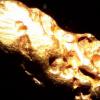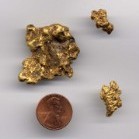Help Identifying Potential Platinum Nugget
-
Similar Content
-
- 3 replies
- 442 views
-
- 5 replies
- 605 views
-
- 22 replies
- 2,239 views
-
- 2 replies
- 1,463 views
-
- 8 replies
- 1,424 views
-
- 2 replies
- 788 views
-
-









Recommended Posts
Create an account or sign in to comment
You need to be a member in order to leave a comment
Create an account
Sign up for a new account in our community. It's easy!
Register a new accountSign in
Already have an account? Sign in here.
Sign In Now